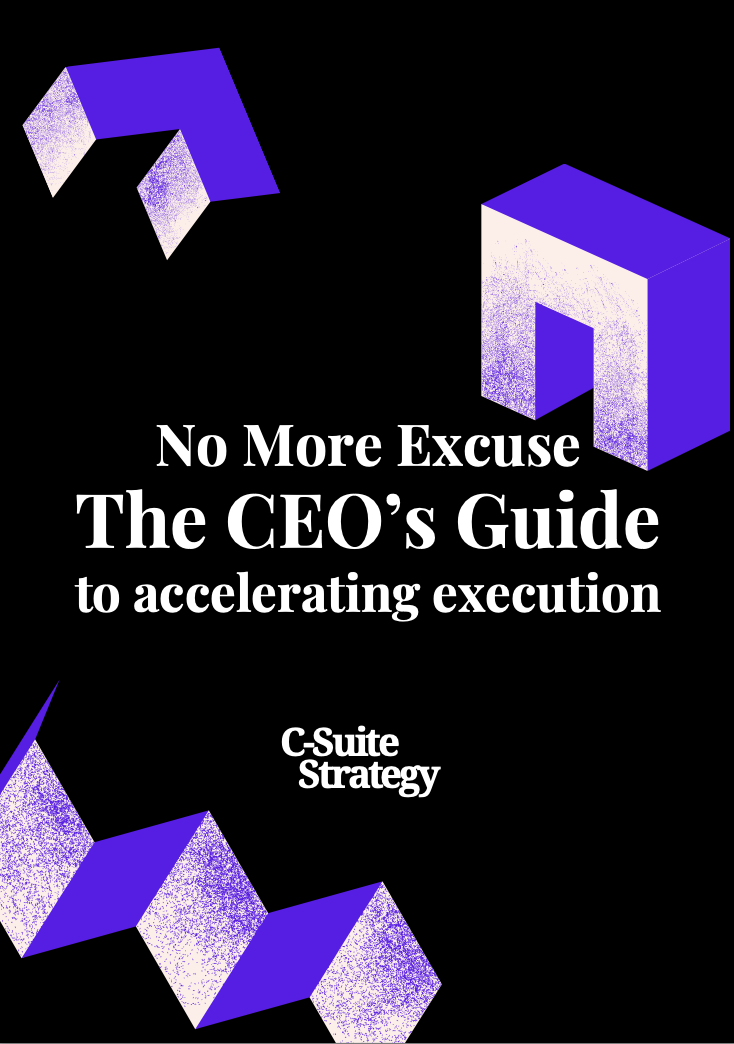Understanding the Need for Strategic Transformation
Recognizing the Imperative of Transformation
In the fast-paced era where tech and customer preferences shift rapidly, leaders at the helm of businesses grapple with the need for transformation. It’s hardly about keeping up anymore but staying ahead. Disruption isn’t a future possibility—it’s the present reality. Businesses that cling to legacy thinking find themselves at the mercy of nimbler competitors. So, why is change unavoidable? The disparity between expectations and outcomes has become wider. As Michael Porter once noted, companies today operate in a fiercely competitive arena where unique value needs to be delivered consistently. Customers demand experiences, not just products. Employees seek meaning in their work, not just a paycheck. These shifts require more than tweaking existing models—they demand reconsidering them entirely. Take Kodak’s story. They invented the digital camera but failed to change accordingly. Yet, Apple disrupted the same industry with innovative devices. Their success wasn’t about technology alone—it was a bold reimagination of what the brand meant to people. Leading your business through disruption isn’t just about finding new tools; it’s about reshaping perspectives. By promonting a culture open to change, leaders foster a resilient organization ready to seize opportunities. This shift requires revisiting https://www.c-suite-strategy.com/blog/transforming-business-strategy-for-c-suite-leaders to explore strategic pivots that redefine and rejuvenate business positioning. Next, we’ll explore how aligning leadership thoughts can ensure that transformation efforts bear fruit. A collective vision is more than a motivational tool; it’s a strategic necessity.Aligning Leadership for Effective Change
Empowering Leadership for Impactful Change
When change knocks on your door, it's vital to stand shoulder to shoulder with a team ready to embrace the challenge. One key factor often overlooked is the need to align leadership and set the tone right for the rest of the organization. A united leadership team can decisively drive the company forward. Leaders should showcase genuine commitment to the change process, rallying their teams with clear communication, well-defined goals, and an infectious enthusiasm. Something as simple as revisiting leadership styles to ensure they're adaptable can make a world of difference. Are your team members feeling heard? Are lines of communication open and transparent? Such questions set the stage for trust and engagement. As a leader, sharing personal stories of overcoming obstacles will not only humanize you but inspire and motivate your team. Reflect on past challenges and bring those learnings to the forefront, demonstrating how they can be applied to current shifts. There's power and authenticity in acknowledging past failures and honestly sharing how they were tackled. For those embarking on strategic changes, the commitment from top leadership must resonate down the ranks. Identify which leaders naturally possess a knack for change and let them shine as champions for your initiatives. For more on making meaningful strides in transformation with your leadership team, check out “Mastering the Strategy for Cloud Transformation” at C-Suite Strategy.Developing a Robust Change Management Plan
Shaping Change with a Strong Plan
The shift to strategic transformation demands more than just talking the talk. It's about rolling up your sleeves and getting hands-on with a smart plan to guide your organization through the changes it needs. The million-dollar question: how do you do it right? Start by getting everyone on the same page. This means engaging your team and emphasizing that change isn't just from the top down; it's a collaborative effort. Clear communication becomes your GPS here, giving everyone a sense of direction. It's also time to define roles clearly. Everyone should know their part, who they report to, and what they should achieve. This clarity minimizes bumps in the road and keeps the machine running smoothly. Next, prepare to face the common hurdles. Every change comes with its own roadblocks, whether it's resistance from employees or unforeseen logistical issues. Anticipating these can keep you nimble and ready to face challenges head-on. Keep the lines open for feedback. Real-time insights from your team can give you a pulse on how the implementation is going. Are the changes resonating? Is there pushback? Use this feedback to adjust your plan as needed. A strong plan should also look ahead. Establish milestones to track progress. These markers serve as checkpoints, ensuring you're on course and making necessary adjustments to maintain momentum. For a more detailed look into aligning leadership as part of your transformation plan, visit mastering strategic transformation for C-suite leaders.Leveraging Technology for Transformation
Embracing Tech for Change
In the fast-paced business world, technology isn't just a tool—it's a game-changer. As C-suite leaders, recognizing the role of technology in strategic transformation can propel your organization forward. It's about making tech work for you, not the other way around.
Tech as an Enabler
Technology can be the backbone of change, allowing businesses to operate more efficiently and effectively. Think about it: automation can reduce manual tasks, freeing up your team to focus on more strategic initiatives. Cloud computing offers flexibility and scalability, essential for businesses looking to adapt quickly to market changes.
Real-World Success Stories
Consider the story of a retail giant that used data analytics to transform its supply chain. By analyzing customer data, they optimized inventory levels, reducing waste and increasing customer satisfaction. This wasn't just a tech upgrade—it was a strategic shift that aligned with their broader business goals.
Investing in the Right Tech
It's not about having the latest gadgets; it's about investing in technology that aligns with your strategic objectives. Whether it's AI, machine learning, or blockchain, the right tech can drive efficiency and innovation. But remember, it's crucial to ensure that your team is equipped to use these tools effectively.
Building a Tech-Savvy Culture
For technology to truly transform your business, it needs to be embraced by your entire organization. Encourage a culture where experimentation and innovation are celebrated. Provide training and resources to help your team stay ahead of tech trends. This approach not only supports transformation but also fosters a culture of agility and resilience.
By integrating technology thoughtfully, C-suite leaders can navigate change with confidence, ensuring their organizations are ready for whatever the future holds.
Building a Culture of Agility and Resilience
Nurturing a Culture Ready for Anything
Creating an adaptable work environment is more art than science. To start, it's about rebuilding the workplace DNA. You want your team pulling in the same direction, ready for anything the world throws at them. An agile culture hinges on a few ideas:- Empowerment: Give folks what they need to make decisions. When employees feel trusted, they tend to surprise with innovative solutions.
- Continuous feedback: No one wants to hear a once-a-year breakdown. Regular chats about what's working (and what isn't) help keep everyone on track.
- Learning mindset: Instill a sense of curiosity. Allow space for learning and growth, reducing the fear of failure.
The Resilience Factor
Think of resilience as your safety net. It's what stops a stumble from turning into a fall. It's about:- Adaptability: Encourage a nimble approach, one that's always ready to pivot. Life's unpredictable, but your team can thrive under change.
- Supportive leadership: Leaders who stand behind their team, rain or shine, can build a sense of security and trust that's invaluable.














